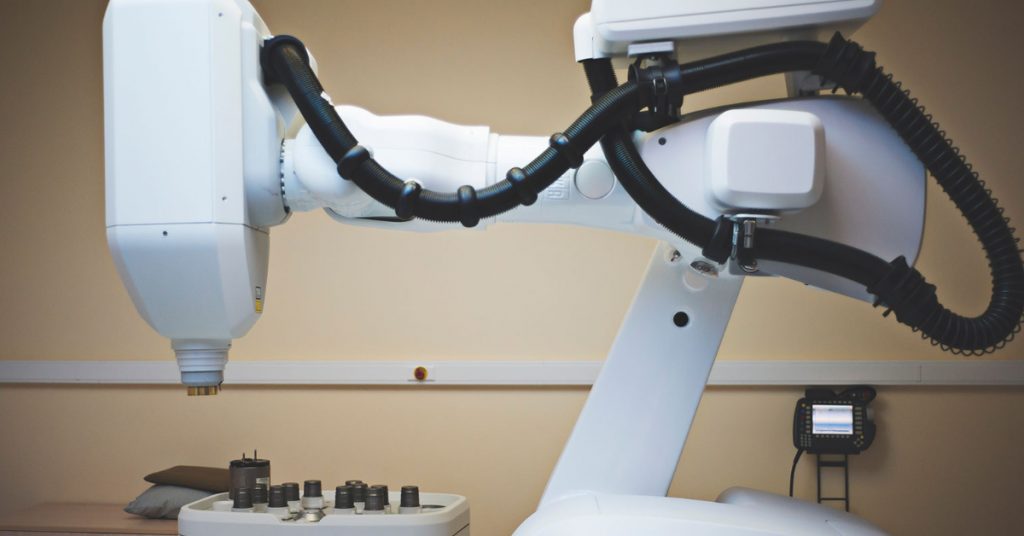Incorporating Cyberknife System

Benefits of Cyberknife Radiosurgery
Treatment session for Acoustic Neuroma
How & where to get Cyberknife treatment
Cyberknife Machines are extremely expensive, and operating Cyberknife requires high level of expertise. Thus, it is done at only the most premium hospitals globally. Fortunately, quite a few top hospitals in India have cyberknife and have expert doctors (majorly neurosurgeons & radiation therapists) for the same. We have a listing of the best cyberknife doctors in India who work at India’s finest hospitals and have great expertise in cyberknife. You may also check the cost of cyberknife treatment in India for better planning of treatment.
FAQs
Cyberknife Radiosurgery is a non-invasive procedure with no involvement of anesthesia or incisions. The session doesn’t last long and hence, you can drive after the treatment; however, if possible, better to avoid.
To simply put, a patient undergoing Cyberknife Treatment does not experience any significant side effects and can instantly return to routine activities.

